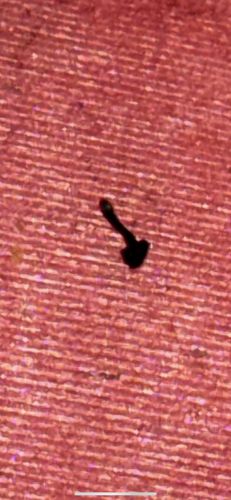Thrips
Scientific Name: Various species within the Order Thysanoptera (e.g., Frankliniella occidentalis, Thrips tabaci)
Order & Family: Order Thysanoptera
Size: Typically 0.5 to 2 mm in length, though some species can be up to 14 mm.

Natural Habitat
Widely distributed in various habitats, including agricultural fields, gardens, greenhouses, forests, and grasslands. They live on leaves, flowers, and fruits of plants.
Diet & Feeding
Mainly plant sap, pollen, and fungal spores. Some species are predatory, feeding on small arthropods like spider mites and their eggs.
Behavior Patterns
Thrips have a unique feeding mechanism, using their single mandible to pierce plant cells and then suctioning out the contents with their maxillae. They undergo incomplete metamorphosis, with several nymphal stages before reaching adulthood. Many species reproduce parthenogenetically, meaning females can lay eggs without fertilization. They are generally active during warmer months and can be found on plants during the day.
Risks & Benefits
Risks: Many thrips species are significant agricultural pests, causing damage to crops by feeding on plant tissues, leading to discoloration, deformities, and reduced yields. They can also transmit plant viruses. Benefits: Some thrips species are beneficial as biological control agents, preying on other pest insects and mites. They also contribute to pollination in some plants.
Identified on: 8/30/2025